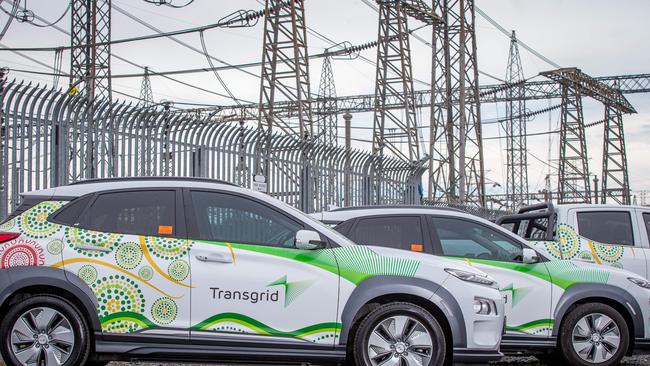Transgrid to spend $16.5bn over 10 years to ready for energy transition
Australia’s largest electricity transmission developer and operator expects to spend $16.5bn over the next decade, which would eventually result in lower energy bills.

Australia’s largest electricity transmission developer and operator expects to spend $16.5bn over the next decade to develop the infrastructure necessary to support the transition away from coal.
Transgrid’s road map illustrates the cost of weaning off coal – the historical bedrock of Australia’s energy needs, a transition that is reshaping the country’s $2 trillion economy.
The bulk of the funds Transgrid expects to spend are to develop transmission. The company said it expects to spend $14bln to build 2,500km of transmission lines to connect new large-scale renewable energy and storage to the grid, integrate five renewable energy zones, and expand transmission interconnection between regions and states.
Transgrid chief executive Brett Redman said the investment would eventually lower energy bills.
“Modernising the energy grid to bring energy prices down requires us to build enormous amounts of new transmission to connect renewable generation in record time,” said Mr Redman.
“The only way to bring energy prices down is to deliver cheaper renewable energy as soon as possible. Transgrid must build and operate the backbone of this new grid while ensuring the safety, reliability and security of our existing 13,000km transmission system which powers millions of homes and businesses.
Transgrid said it will also spend more than $2bn to ensure grid stability through the acquisition of synchronous condensers or equivalent technologies.
Synchronous condensers are machines that regulate the network voltage by supplying or absorbing reactive power, much needed when there is a high concentration of renewable energy generators, which are inherently more volatile in output.
Transgrid said it will also invest $300m to build new operational technology tools and increase hiring and training for its staff.
But it is the transmission spend that is likely to once more ignite a debate about the toll of transitioning away from fossil fuels.

While new renewable energy will be cheaper, the cost of building transmission lines will eventually be recouped from household and business bills, fuelling anger from some who argue Australia should instead prolong the use of fossil fuels.
Extending the lifespan of coal power stations would likely mean Australia misses its carbon emission targets, and energy executives have said the country’s fleet of coal power stations are already approaching the end of their lifespan and need replacing.
Currently 80 per cent of Australia’s coal power stations are likely to have been retired by 2033, but mounting social and economic pressures could accelerate those closures.
To replace those Australia needs a rapid expansion of new renewable energy generation, but the country’s energy market is increasingly alarmed about the pace of building these zero emission sources.
Should Australia not build renewable energy sources quickly enough to compensate for the retirement of coal, it would evaluate the threat of price increases and even blackouts.
To build renewable energy projects, however, developers must be sure that transmission will be in place, and many infrastructure projects have suffered delays amid local opposition to installing the poles and wires.
To break the deadline, states and territories are offering ever larger financial incentives. Victoria and NSW have offered landowners affected by new transmission lines $200,000 for every kilometre of their land crossed by a major infrastructure project.
Queensland has gone even further, and now offers landowners who agree to allow high-voltage transmission cables across their properties an average $300,000 per kilometre. It also offers payments to neighbours even if they aren’t hosting the transmission lines.




To join the conversation, please log in. Don't have an account? Register
Join the conversation, you are commenting as Logout